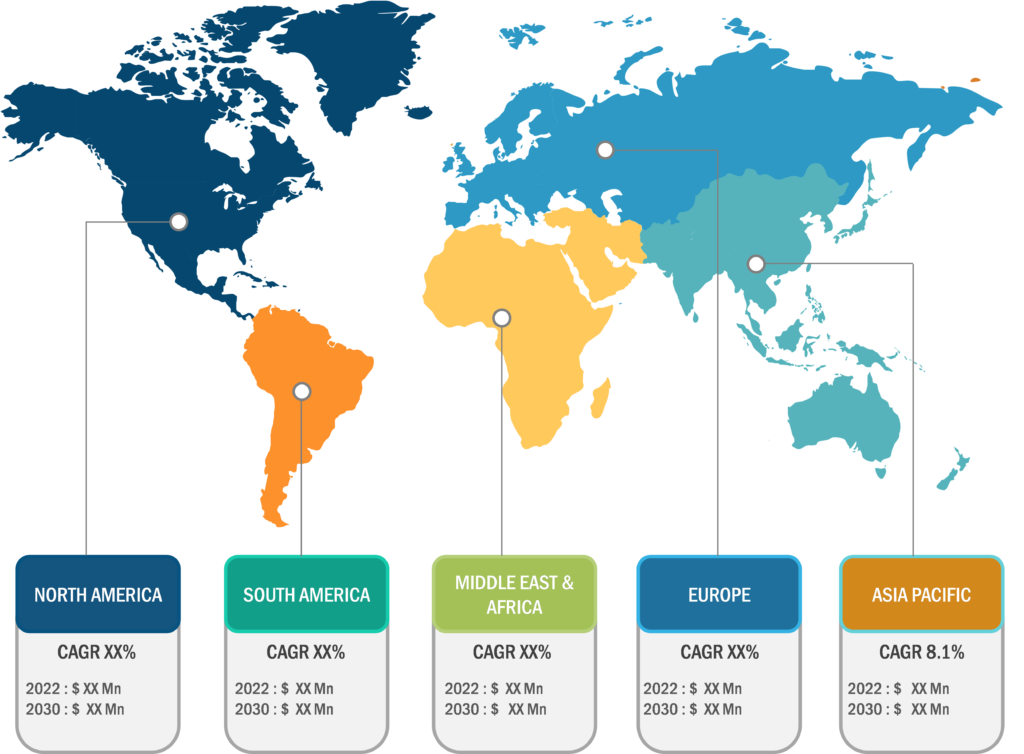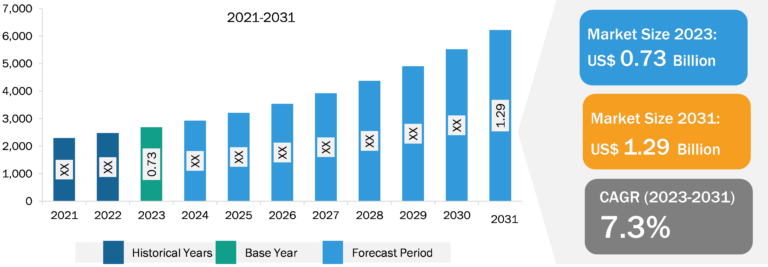
Vascular Access Devices Market
The increasing cases of chronic disorders and growing demand for chemotherapy procedures contribute to the growing vascular access devices market size. However, high cost associated with the placement of vascular access devices hinders the market growth.
Growing Cases of Chronic Diseases Fuel Vascular Access Devices Market Growth
Chronic disorders such as cardiovascular diseases, gastrointestinal disorders, rheumatoid arthritis, and neurological disorders affect the overall quality of life. According to the World Health Organization (WHO), about 50% of the global population is estimated to suffer from at least one chronic disease. According to the “Worldwide Prevalence and Burden of Functional Gastrointestinal Disorders, Results of Rome Foundation Global Study,” a large-scale multinational study published in 2021, ~40% of 73,076 adults surveyed from 33 countries across the world were suffering from a functional gastrointestinal disorder (GFID). Age-related gastrointestinal problems are common in the elderly population aged 64 and above. Per the study titled “Gastrointestinal problem among Indian adults: Evidence from Longitudinal Aging Study in India,” published in 2022, self-reported gastrointestinal disorders prevalence was reported at ~18%. The study also mentions that varying rates of gastrointestinal issues have been observed across the world, ranging from 14% in Iran to 54% in some western countries. Cardiovascular diseases (CVDs), especially the cases associated with hectic lifestyles, are one of the significant causes of mortality globally. According to the International Diabetes Federation (IDF), 537 million people across the world, aged 20–79, had diabetes in 2021, and the number is estimated to increase to 783 million by 2045. Additionally, 6.7 million deaths across the world were caused due to diabetes in 2021.

Aging can cause a consistent loss of physiological integrity, resulting in reduced functionality and an increased risk of mortality. The degradation of body function is a key risk factor for contracting the majority of chronic diseases, including diabetes, CVD, and neurological diseases, among elderly patients. According to the WHO, by 2030, 1 in 6 people across the globe will be aged 60 years and above. According to the same source, the population aged 60 years and above will increase to 1.4 billion in 2030 from 1 billion in 2020. Owing to the upsurging prevalence of chronic disorders and the rising geriatric population, the number of patients requiring drugs and nutrition through their venous system is increasing. Hence, above mentioned factors propel the demand for vascular access devices.
In 2022, North America held the largest global vascular access devices market share owing to the increasing prevalence of chronic disorders, growing technological advancements, upsurging geriatric population, and the presence of key market players involved in new and existing product developments. The US held the largest share of the market in North America in 2022. Chronic disorders such as heart disease and cancer are among the major causes of disability and death in the US. Per the National Center for Chronic Disease Prevention and Health Promotion, 6 in 10 people in the country have at least one chronic disease. Additionally, the American Hospital Association estimates ~133 million people have at least one chronic disease, and that number is expected to reach 170 million by 2030. The Canadian Cancer Statistics Advisory Committee estimated ~225,800 new cancer cases and 83,300 deaths due to cancer in Canada in 2020. According to Canadian Cancer Society estimates, 2 in 5 people in Canada are diagnosed with cancer in their lifetime. Per the same source, ~229,200 people in the country were diagnosed with cancer, and 84,600 died from it in 2021. The Canadian Digestive Health Foundation states millions of Canadians are affected with digestive disease. Approximately 20 million Canadians (i.e., two of every three people) suffer from digestive disorders yearly. Aging is a prominent risk factor for chronic diseases, as people aged 60 years and above generally have compromised immunity. According to a study published by the Population Reference Bureau in 2020, the population of individuals aged 65 and above was 55 million in the US in 2020, and the number is expected to reach 95 million by 2060. According to the Centers for Disease Control and Prevention (CDC), nearly 735,000 Americans have a heart attack every year, out of which 525,000 patients have had a first heart attack while 210,000 patients have already had a heart attack in the past. Thus, increasing prevalence of chronic diseases in North America fuels the growth of the vascular access devices market.
Vascular Access Devices Market: Competitive Landscape and Key Developments
Teleflex Inc, BD, B. Braun SE, Terumo Medical Corporation, Medtronic, Fresenius Kabi, Baxter, Vygon SAS, Kimal, and Access Vascular Inc are a few key companies operating in the vascular access devices market. Market players adopt product innovation strategies to meet evolving customer demands, thereby maintaining their brand names in the market.
A few strategic plans by key players operating in the vascular access devices market are listed below:
- In November 2023, BD launched an advanced ultrasound system designed to help improve clinician efficiency when placing PICCs, central venous catheters, IV lines, and other vascular access devices. The SiteRite 9 Ultrasound System is designed with an updated 15.6-inch touch screen with enhanced image quality that provides industry-leading catheter placement tools and technologies to support clinicians during the vascular access device insertion process.







